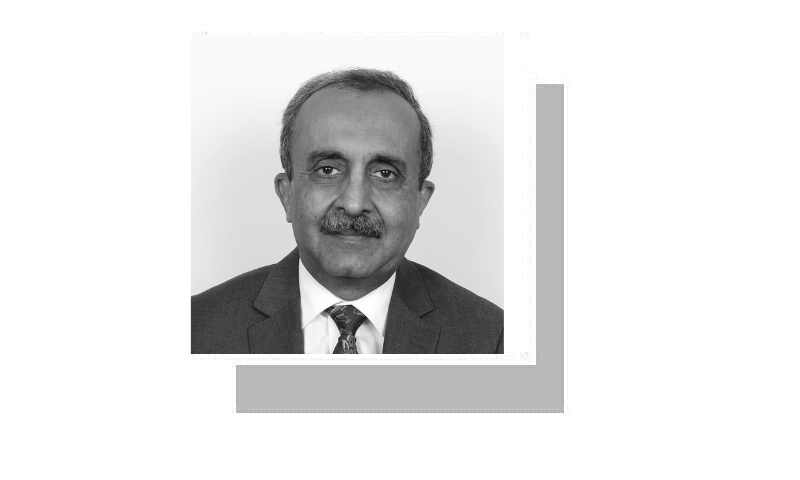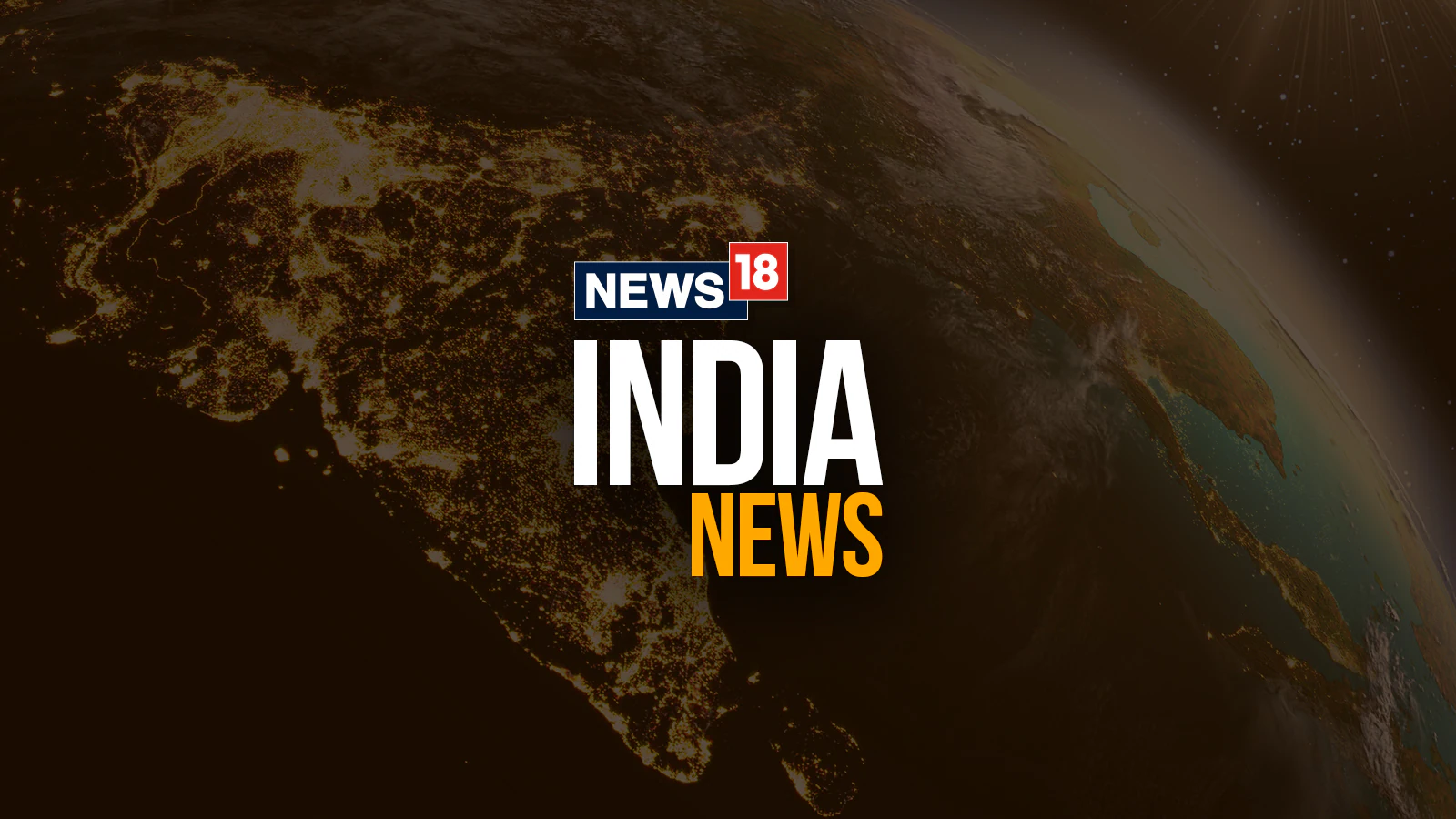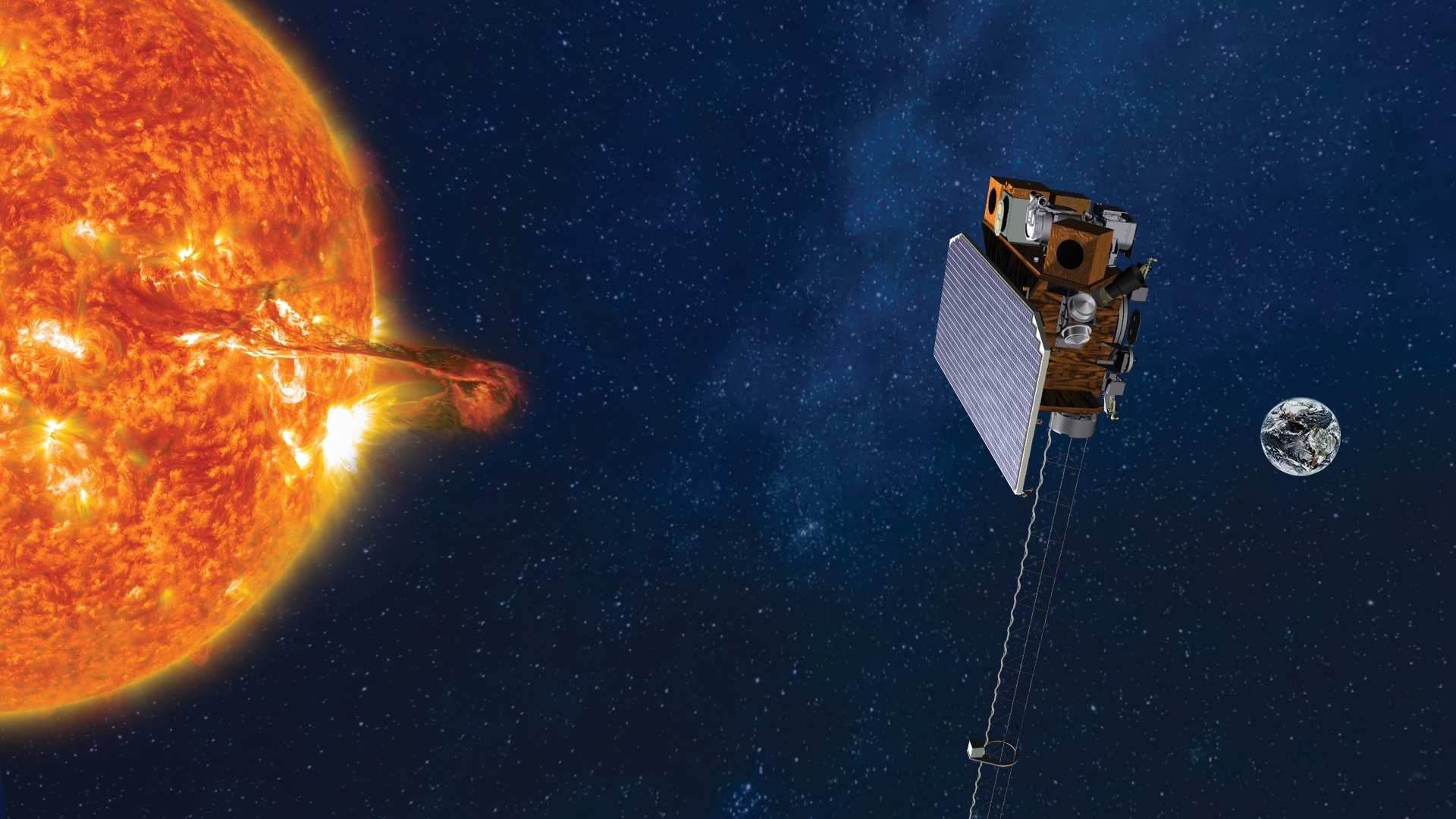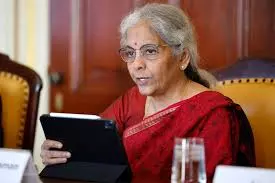By Jamil Ahmad
Copyright dawn

GLACIERS play a critical role in sustaining ecosystems and supporting livelihoods, especially through the provision of fresh water. However, climate change, mainly driven by human action, is accelerating the rate at which glaciers are melting. In the last two decades, the global glacial mass decreased significantly, most rapidly during five of the past six years. Scientific studies confirm that 2022 to 2024 saw the largest three-year loss of glacier mass on record. At this rate, up to 80 per cent of the Earth’sl glacial volume could vanish by 2100.
Already, glacial melt is disrupting ecosystems, destabilising local communities, destroying species’ habitats, and deregulating biodiversity, particularly in mountain and riverine ecosystems. Coastal communities are not spared either as glacial melt is leading to a rise in sea levels.
In South Asia, the Hindu Kush-Himalayan region is often referred to as the world’s ‘Third Pole’ due to the vast size of its glacial coverage — the largest outside the polar region. Comprising eight countries — stretching from Afghanistan and Pakistan in the west to Myanmar in the east — HKH, the source of 10 of Asia’s largest rivers, serves as the world’s largest water tower.
Today, rapid glacial retreat has exposed HKH as one of the most vulnerable regions, resulting in frequent environmental disasters, from flash floods, cloudbursts and landslides to prolonged heatwaves and dry spells. Recent environmental events causing death and destruction in Pakistan and India are linked to this phenomenon.
The melting Third Pole rings alarm bells for the HKH region.
The situation in Pakistan, the planet’s most glaciated country with over 7,000 glaciers, is particularly alarming. In mountain ecosystems such as in northern Pakistan, forests help to keep temperatures low and prevent soil erosion, thus serving the dual purpose of slowing down glacial melt and preventing landslides and nature loss. With low forest cover — just 5.1pc compared to 31pc globally — Pakistan faces acute challenges in preventing further loss to its glaciers and protecting its environment, economy and vulnerable communities from the impact of glacial melt, particularly glacial lake outburst floods. Water released from melting glaciers usually leads to the formation of lakes in the mountainous parts, often leading to Glofs. There are more than 3,000 lakes of different sizes in this seismic hazard region. Most of these lakes are unstable, but 33 are at high risk of sudden bursting, which would inflict economic hardships on the more than seven million people living in these areas.
The impact on downstream communities is equally worrisome as the country’s irrigation needs depend on a canal network attached to its glacial sources. The glacier-fed Indus River basin is particularly exp-osed as unpredictable water flows undermine the country’s ecology and economy.
What measures would stabilise the glacial melt? How can the vulnerable communities be protected?
Controlling global warming should obviously be the foremost priority to prevent further glacial loss. However, with the Paris Accord struggling to remain on track, it would be naïve to assume a quick fix is possible. This leaves vulnerable regions and countries with the option to increase their resilience to climate change and devise strategies to minimise the devastating impact of Glofs and other extreme weather events. Forestation, especially in mountain ranges, will play an important role in lowering temperatures and providing stability against soil erosion.
In the case of Pakistan, protecting its small green cover should come first. Ac–cording to repo-rts, illegal logging of conifers in the north has resulted in lar-ge-scale defo-resta-tion. Co-nt-inued de—–nuding of moun–t-a-ins will raise temperatures and ex–acerbate glacier shrinkage.
It is also urgent to safeguard local communities from the risks posed by Glofs. The mitigation toolkit for this purpose includes installing early warning systems and constructing gabion walls, check-dams and irrigation channels to divert the floodwaters. In addition, promoting indigenous practices, such as glacier grafting, is critical. But these measures will be effective only when local bodies are empowered and consulted at all stages, from design to approval and implementation.
The melting Third Pole rings alarm bells for the entire HKH region, as its impact does not know geographical borders. Coun-tries of the region would have to eschew political considerations in favour of collaboration for the shared climate and environmental agenda. Reviving and reforming regional platforms for real-time data-sharing and early warning will help reduce risks for vulnerable communities and serve as a confidence-building measure for impactful climate action in South Asia.
The writer is director of intergovernmental affairs, United Nations Environment Programme.
Published in Dawn, September 22nd, 2025



